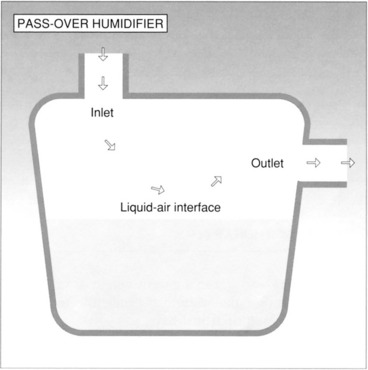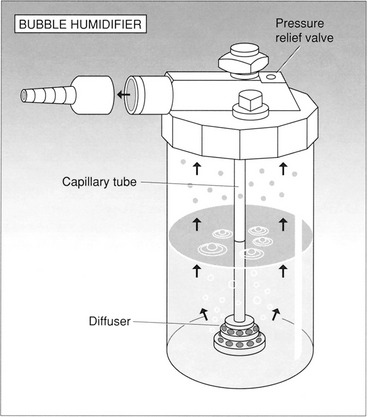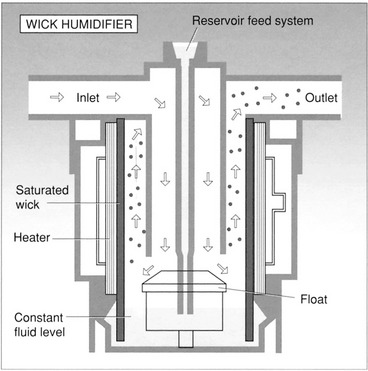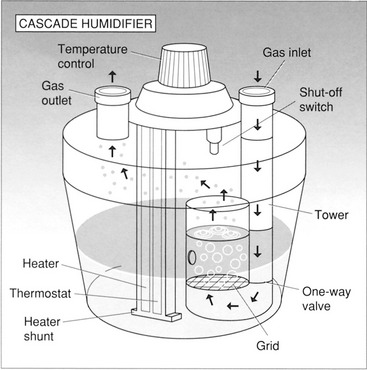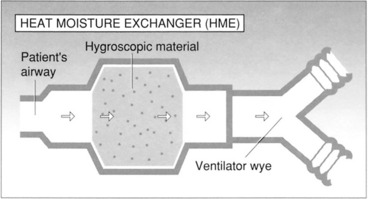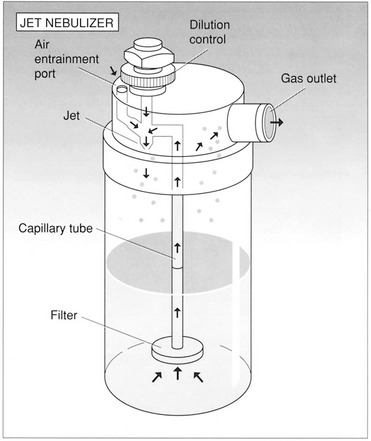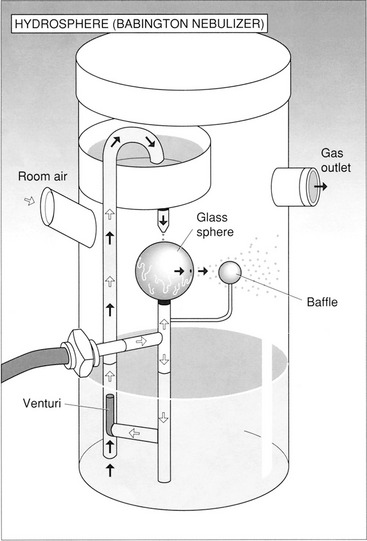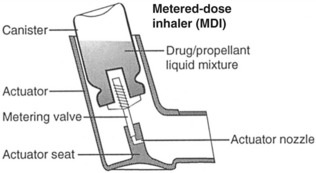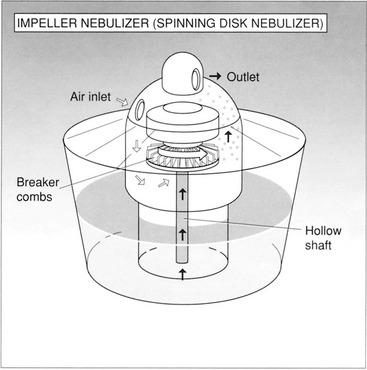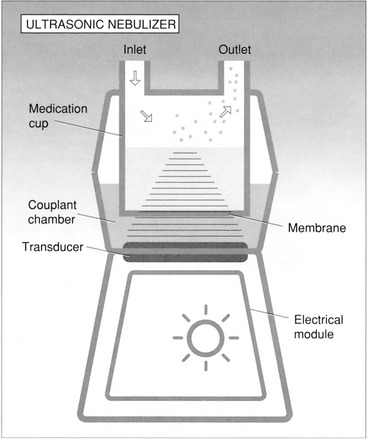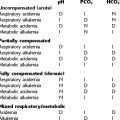CHAPTER 2 HUMIDITY AND AEROSOL
PRETEST QUESTIONS
1. Secretions tend to become thicker if the inspired air has which of the following characteristics?
2. A patient receiving 38 mg H2O per liter of gas from a nebulizer has a humidity deficit of which of the following?
3. After connecting a nasal cannula to the humidifier outlet, you kink the tubing and hear a whistling noise coming from the humidifier. Which of the following most likely has caused this?
4. You notice that the patient’s secretions have become thicker and more difficult to suction since replacing the ventilator humidifier with a heat moisture exchanger. The respiratory therapist should recommend which of the following?
5. Which of the following are indications for bland aerosol therapy?
6. You notice that very little mist is being produced by a nebulizer attached to an aerosol mask. Which of the following could be responsible for this?
REVIEW
Note: Questions regarding humidity therapy appear on the CRT exam only.
CRT Exam Content Matrix: IIA3, IIIB8, IIIF2, IIIF2g2
or when expressed as a percent:
CRT Exam Content Matrix: IIA4, IIA12, IIA21, IIIC3, IIID5a, IIIF2c1-4
RRT Exam Content Matrix: IIIC3, IIID5a
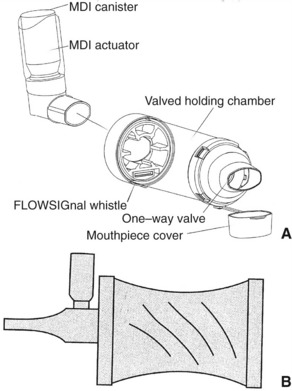
FIGURE 2-10 Types of spacers and holding chambers.
A, From Monaghan Medical Corporation. B, From Gardenhire DS: Rau’s respiratory care pharmacology, ed 7, St Louis, 2008, Mosby.
POSTCHAPTER STUDY QUESTIONS
1. List five hazards of aerosol therapy.
2. If the inspired air can hold 32 mg of H2O per liter and is holding 8 mg/L, what is the relative humidity?
3. How much of a humidity deficit exists when a patient inspires air holding 30 mg of H2O per liter?
4. Give an example of a humidifier that can deliver gas at 100% body humidity.
5. List four hazards of ultrasonic nebulizer therapy.
6. A clogged filter or capillary tube on a jet nebulizer has what effect on the operation of the device?
7. List five clinical indications for aerosol therapy.
8. How should a patient be instructed to breathe while a bronchodilating agent is being administered via a small-volume nebulizer?
Branson R, Hess D, Chatburn R. Respiratory care equipment, ed 2. Philadelphia: Lippincott; 1999.
Cairo J, Pilbeam S. Mosby’s respiratory care equipment, ed 8. St Louis: Mosby; 2010.
Gardenhire DS. Rau’s respiratory care pharmacology, ed 7. St Louis: Mosby; 2008.
Hess D, Respiratory care principles and practice, ed 1, Philadelphia, Saunders, 2002.
Wilkins RL, Stoller JK, Kacmarek R. Egan’s fundamentals of respiratory care, ed 9. St Louis: Mosby; 2009.











